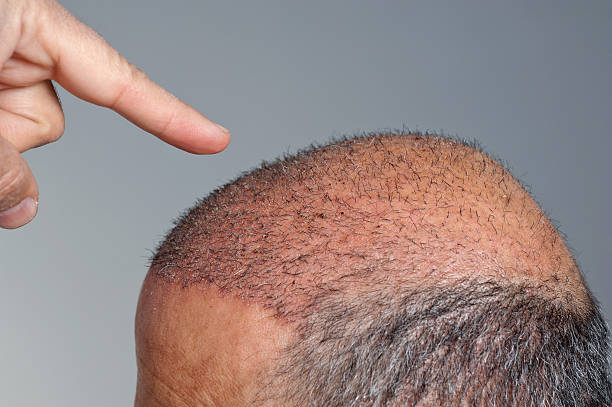Understanding Hair Transplant: A Comprehensive Guide
Hair loss can be a distressing experience for anyone, regardless of gender. It can significantly affect a person's self-esteem and confidence. Hair transplant procedures have emerged as a popular solution to hair loss, allowing individuals to regain their hair and confidence. This article will delve into the history, current state, and future trends of hair transplant procedures.

The Genesis of Hair Transplantation
Hair transplantation as we know it today wasn’t always a sophisticated medical procedure. It is believed to have originated in Japan in the late 1930s, where surgeons used small grafts to restore the lost hair of burn victims. However, these early procedures were primitive, primarily due to the limited medical technology and knowledge of the time.
The modern era of hair transplantation can be traced back to the 1950s when New York dermatologist Dr. Norman Orentreich began to experiment with the concept of ‘donor dominance’. He discovered that hair could be transplanted from areas unaffected by balding (the back and sides of the head) to balding areas and would continue to grow as if it were still in its original location. This was a significant breakthrough and laid the foundation for contemporary hair transplant procedures.
The Evolution of Hair Transplant Procedures
Since the pioneering work of Dr. Orentreich, hair transplantation procedures have undergone significant advancements. Early procedures involved the transplantation of large ‘plugs’ of hair, which often resulted in an unnatural appearance. Over time, surgeons began to use smaller grafts, leading to a more natural look.
The 1980s saw the emergence of mini and micrografting. Here, a strip of hair-bearing skin was removed from the donor area, dissected into smaller sections, and then transplanted. This technique provided better aesthetic results than the previous procedures.
The most significant advancement came in the form of Follicular Unit Transplantation (FUT) and Follicular Unit Extraction (FUE). These techniques, which emerged in the late 1990s and early 2000s, involve the transplantation of individual hair follicles, resulting in the most natural-looking outcomes to date.
The Present State of Hair Transplant Procedures
Today, hair transplant procedures have become increasingly common, with advancements in technology making it a viable option for many suffering from hair loss. The American Society of Plastic Surgeons reported that over 19,000 hair transplant procedures were performed in the US in 2017, a figure that has undoubtedly increased in recent years.
The most common techniques used today are FUT and FUE. FUT involves removing a strip of hair-bearing skin from the donor area and dissecting it into individual follicular units (groups of 1-4 hairs), which are then transplanted into the balding areas. FUE, on the other hand, involves extracting individual follicular units directly from the scalp and transplanting them. FUE is more time-consuming but leaves less scarring than FUT.
Perception and Impact of Hair Transplant Procedures
Hair transplant procedures have significantly impacted the lives of those suffering from hair loss, allowing them to regain their hair and confidence. The perception of these procedures has also evolved. Initially seen as a vanity procedure, hair transplantation is now viewed as a viable medical treatment for hair loss.
While there’s still some stigma attached to hair transplantation, primarily due to misconceptions and outdated perceptions of unnatural results, this is changing as more people come to understand the benefits and advancements in the field.
The Future of Hair Transplantation
Looking forward, the field of hair transplantation promises further advancements. One such development is the use of robotics in performing FUE procedures. The ARTAS Robotic Hair Transplant system, for example, uses advanced imaging and precision robotics to improve the speed and accuracy of the procedure.
There’s also promising research into hair cloning or hair multiplication. This would involve taking a small sample of a person’s hair follicles, multiplying them in a lab, and then implanting them into the scalp. While this technology is still in its early stages, it could revolutionize the field by providing an unlimited source of donor hair.
Conclusion
Hair transplant procedures have come a long way since their conception. From the early experiments of Dr. Orentreich to the sophisticated FUT and FUE procedures of today, hair transplantation has evolved into a highly effective treatment for hair loss. As we look to the future, with advancements in robotics and the potential for hair cloning, the field promises to continue evolving, providing even more effective solutions for those battling hair loss.




